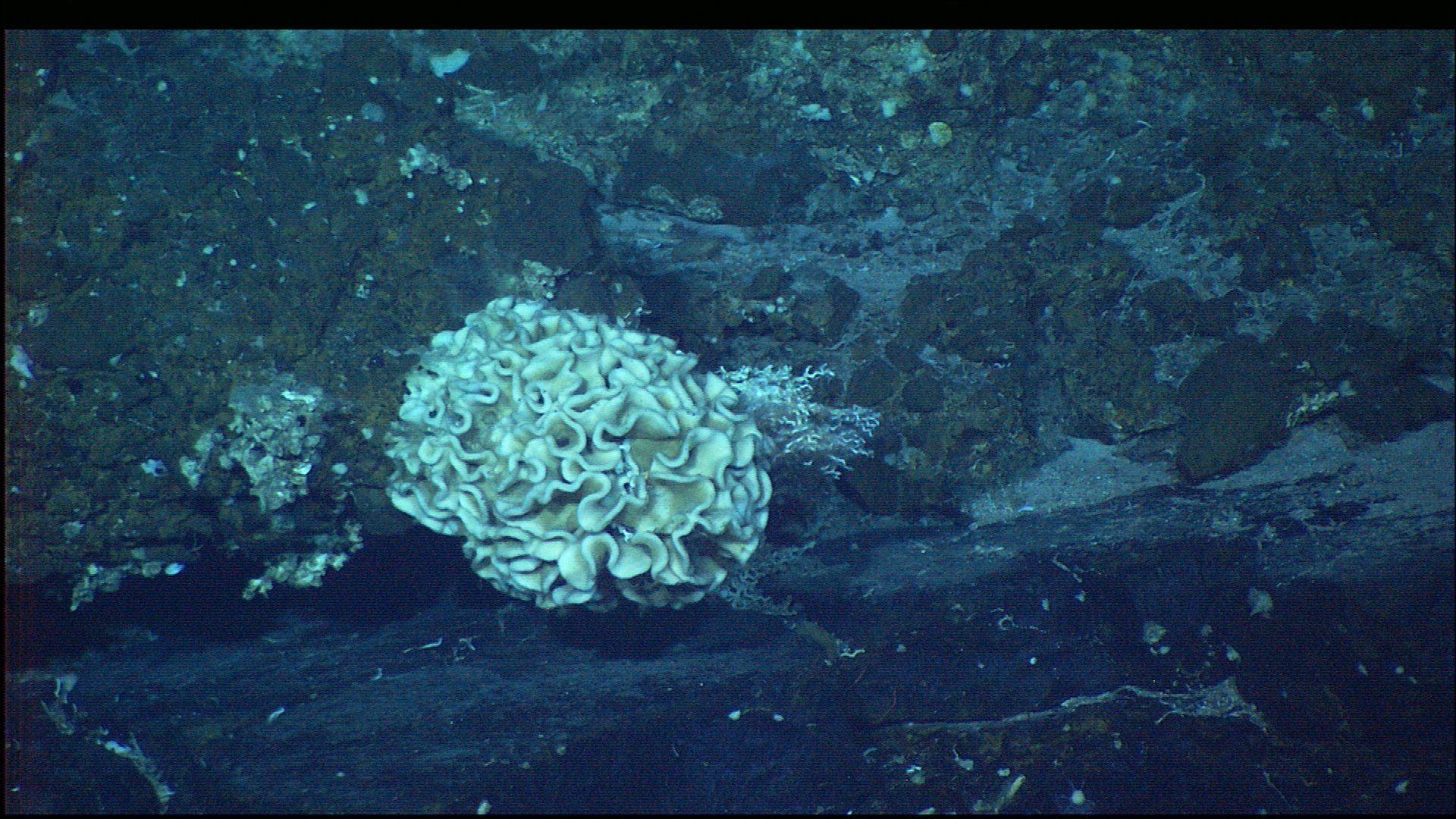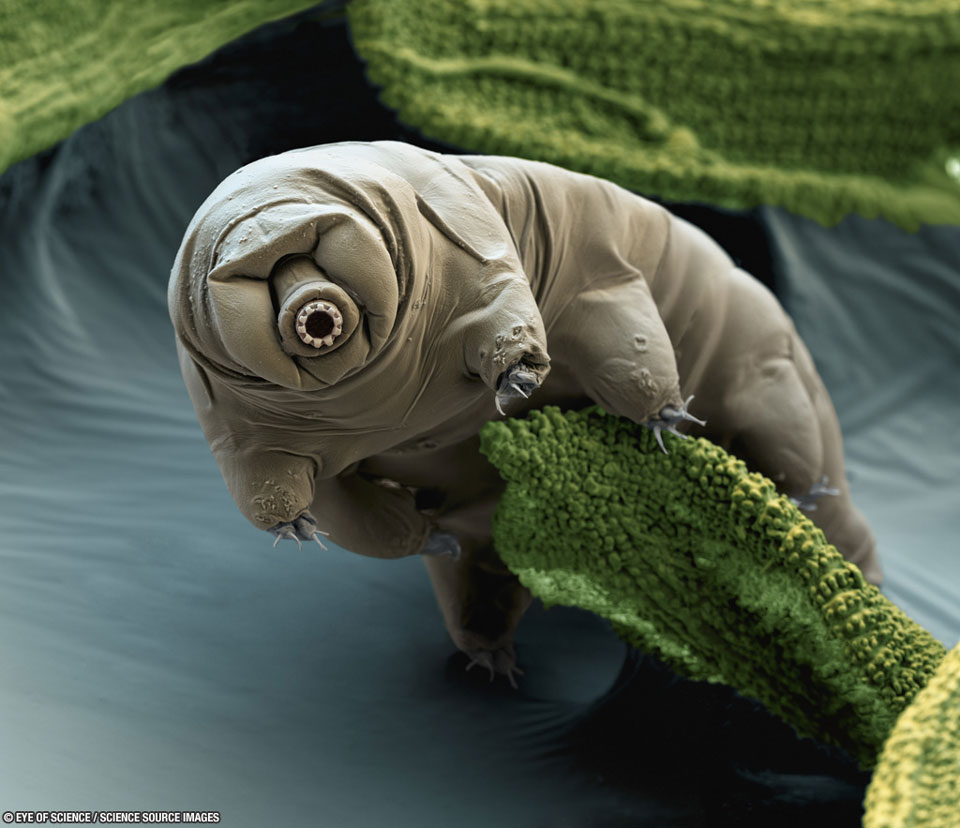 |
| Xenophyroes Image NOOA wikimedia |
For your convenience I copy first paragraph of the wikipedia article
Xenophyophores are giant unicellular organisms found throughout the world's oceans, at depths of up to 10,641 meters (6.6 miles). When first described in 1889, the xenophyophores were placed with the sponges. Later they were classified as testate amoeboids (Arcellinida), then in their own phylum of Protista.
A recent genetic study suggests the xenophyophores are a specialized group of Foraminifera.
Xenophyophores are found in the greatest numbers on the abyssal plains of the deep ocean. They are placed in two orders in 13 genera with approximately 42 recognized species; one species,
Syringammina fragilissima, is among the largest known single-celled organisms at up to 20 centimetres in diameter.
Read the entire wikipedia article from here

